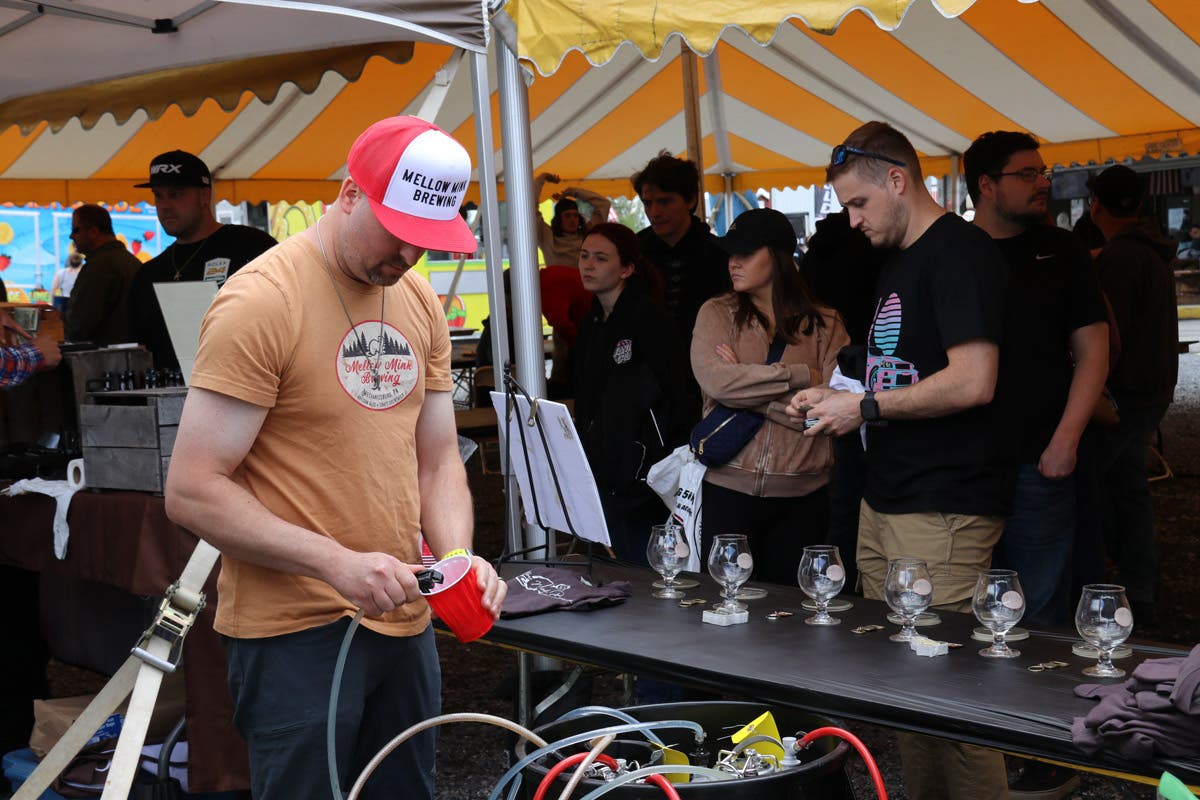Trans-Am pony cars featured at 2017 Iola Car Show
The 2017 Iola Car Show will rev up visitors’ adrenaline by spotlighting all the street Trans-Am pony cars that were built for Sports Car Club of America series racing: The…
The 2017 Iola Car Show will rev up visitors’ adrenaline by spotlighting all the street Trans-Am pony cars that were built for Sports Car Club of America series racing: The Ford Mustang Boss 302; Chevrolet Camaro Z/28; Pontiac Trans-Am; Mercury Cougar Eliminator 302; Plymouth AAR ’Cuda; Dodge Challenger T/A; and AMC Mark Donohue Signature SST Javelin. Owners of these cars are encouraged to pre-register for free entry for the car and driver into the show; spectators are invited to check out these cars parked, a rare sight indeed.
By the late 1960s, competition between the Ford Mustang and its “pony car” competitors was heating up on the street, in showrooms and also on the track. These relatively compact cars with their powerful V-8 engines were whipping around the corners of tracks in SCCA racing. Beginning in 1966, the SCCA created a Trans-Am Series of racing for “sedans” that grew to include the first pony car, the Ford Mustang, and its competitors: the Chevrolet Camaro, Plymouth Barracuda, Mercury Cougar, AMC Javelin, Pontiac Firebird and Dodge Challenger.
The Trans-Am series garnered support from the manufacturers, which helped get famous drivers behind the seats of the Camaro Z/28s, Boss 302 Mustangs, Javelins and other cars raced in the SCCA series. Famous names included Jim Hall, Ed Leslie Vic Elford, Parnelli Jones, George Follmer, Dan Gurney, Swede Savage, Sam Posey, Tony Adamowicz, Mark Donohue and Peter Revson.
For those enthusiasts without a big name, a Trans-Am type-inspired street car was available. From Ford, there was the Boss 302. From Chevrolet, the Z/28. Pontiac offered the effectively named Firebird Trans-Am. Mercury had the Cougar Eliminator 302. Plymouth, the AAR ’Cuda and Dodge the Challenger T/A. AMC got in on the action with the Mark Donohue Signature SST Javelin.
The use of pony cars in Trans-Am racing was short-lived. By 1972, the party was over, as was the muscle car era. Cars in general were getting bigger and heavier, and power was decreasing. High insurance rates and performance-choking emissions equipment strangled the speed out of cars, but it didn’t matter; Americans were becoming more interested in luxury from their automobiles.
To learn more about the 2017 Iola Car Show’s celebration of the heyday of Trans-Am racing, call 715-445-4000, go to www.iolaoldcarshow.com or e-mail information@iolaoldcarshow.com.








